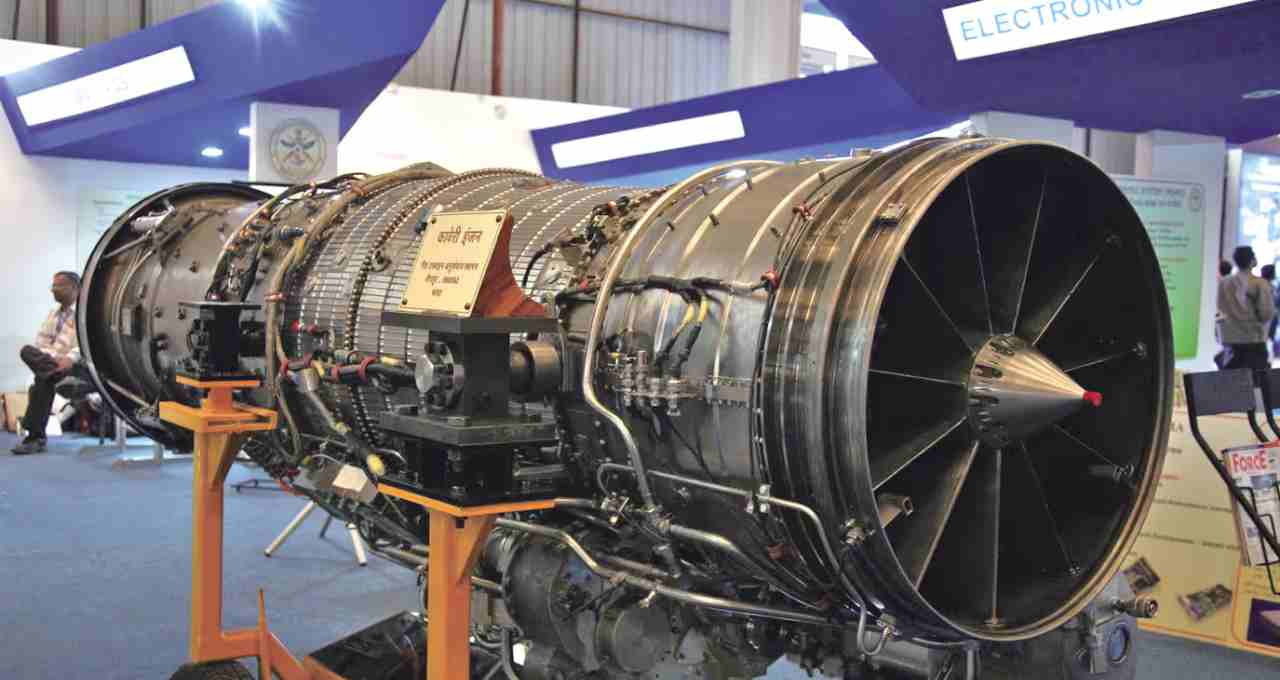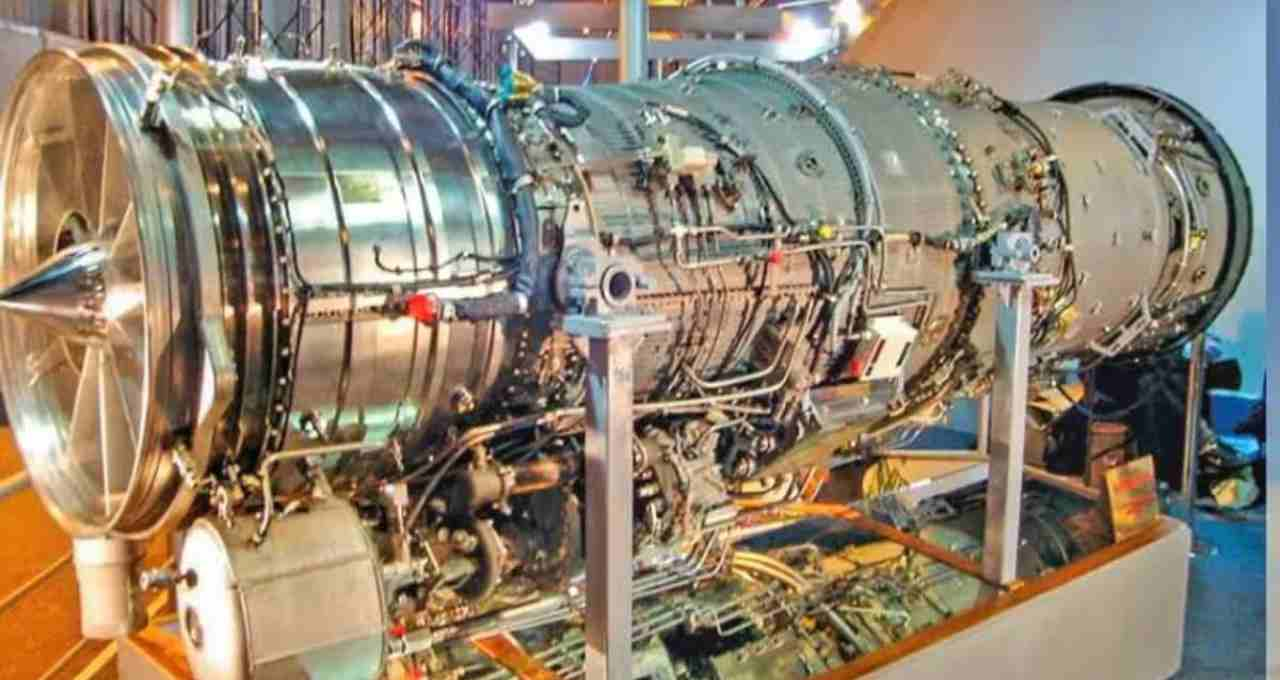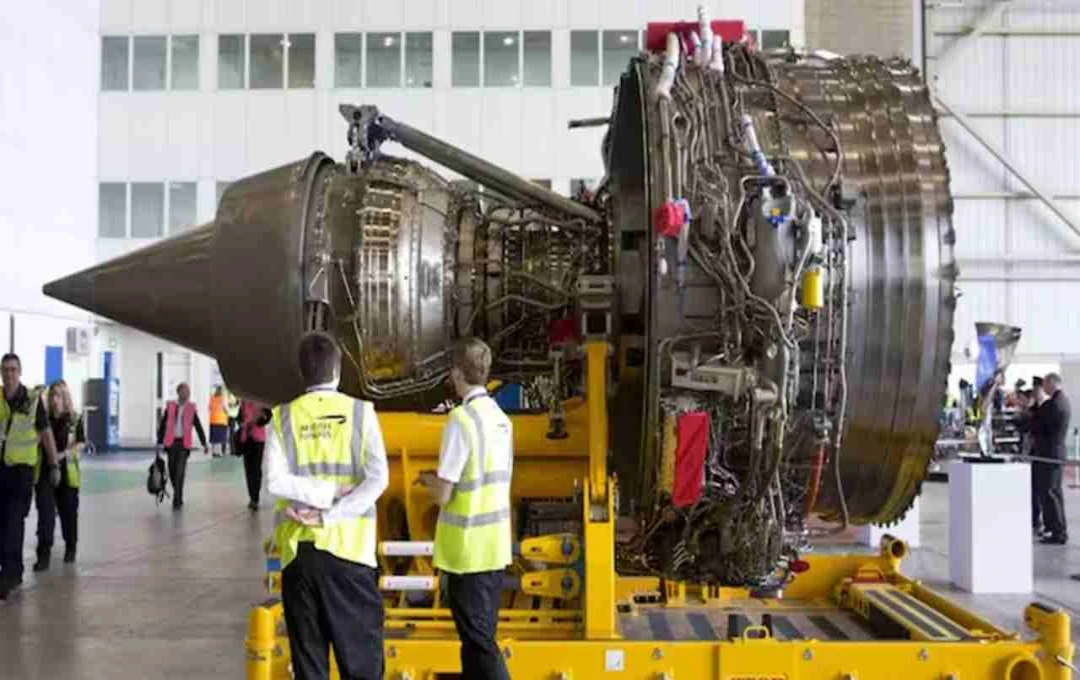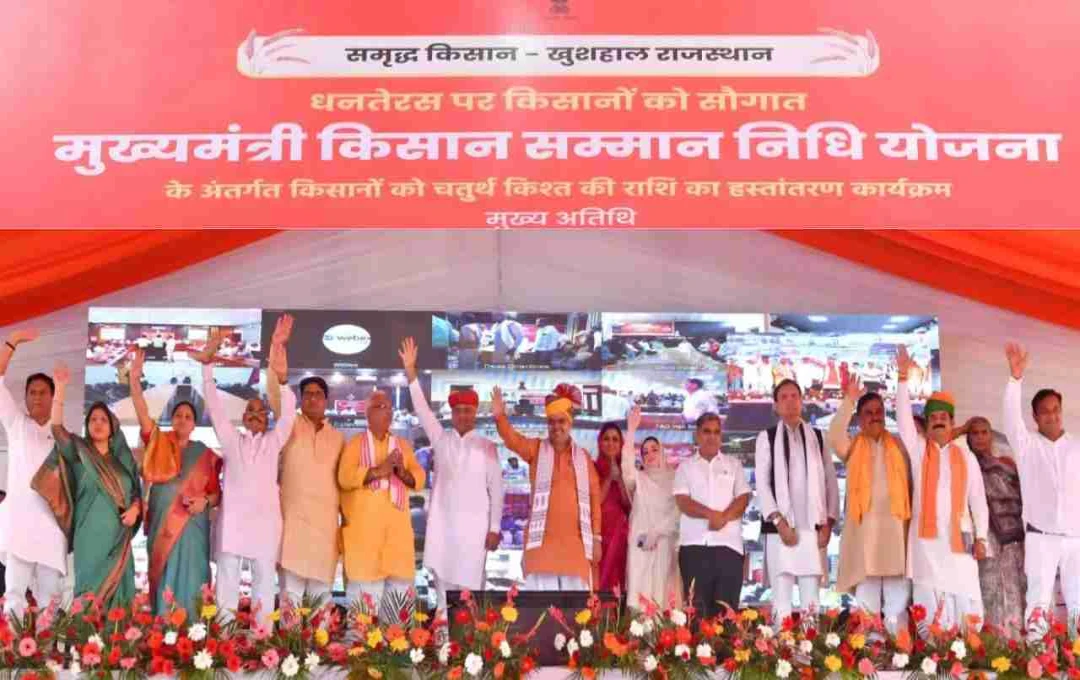India's indigenous Kaveri jet engine project commenced in 1986. Grand dreams were envisioned for its development, but after 40 years, India still has to rely on foreign engines for the Tejas fighter jet.
New Delhi: The indigenous jet engine Kaveri project was initiated in 1986, and ambitious dreams were harbored for it within the country. However, after 40 years, India continues to depend on other nations for jet engines. The American company General Electric (GE) failed to supply engines on time, causing a prolonged wait for the Indian Air Force in the operationalization of the indigenous Tejas fighter jet.
Meanwhile, the cost of the Kaveri project has continuously escalated over the past four decades, now exceeding six times the original estimate. It remains unclear when the nation's dream of developing an indigenous jet engine will be realized.
Technical Challenges with the Kaveri Engine

Since its inception, the development of the Kaveri engine has faced several technical hurdles. The major issues have been as follows:
- Lack of Thrust – Achieving sufficient power is crucial for a fighter jet. The Kaveri engine was unable to provide adequate thrust.
- Excessive Weight and Temperature – The engine was heavier than desired, and overheating was a persistent problem.
- Lack of Industrial Capability – There was a lack of proper synergy in India's available industrial resources and optimal utilization of technology.
Due to these reasons, the Kaveri engine proved weaker compared to foreign engines developed in the 1970s, necessitating the use of American GE engines for the Tejas jet.
Collaboration with Foreign Companies Remained Limited.
The Kaveri engine project also suffered from a lack of management and strategic alignment. Experts believe that had there been proper partnerships and technology transfer from the beginning, the Kaveri engine could have been more powerful and reliable for India. The private sector and indigenous technology institutions were not utilized effectively.

Approximately 80% of the technology for the American F414 engine was assisted, while collaboration is also ongoing with France's Safran company for a new fifth-generation engine. Experts believe that if the strategy had been correct earlier, India would possess a robust indigenous jet engine today.
Current Status and Future of the Kaveri Engine
Although, so far, the Kaveri engine has only been used for a few test flights. However, it may still find use in future projects. India is developing a new stealth drone called 'Ghatak'. Drones require less powerful engines compared to fighter jets. In this regard, the Kaveri engine could prove useful in the future.
Many critics believe that if resources were distributed in this manner, the original Tejas engine project was further delayed. However, experts and optimists believe that the Kaveri engine has laid the foundation for indigenous technology.












